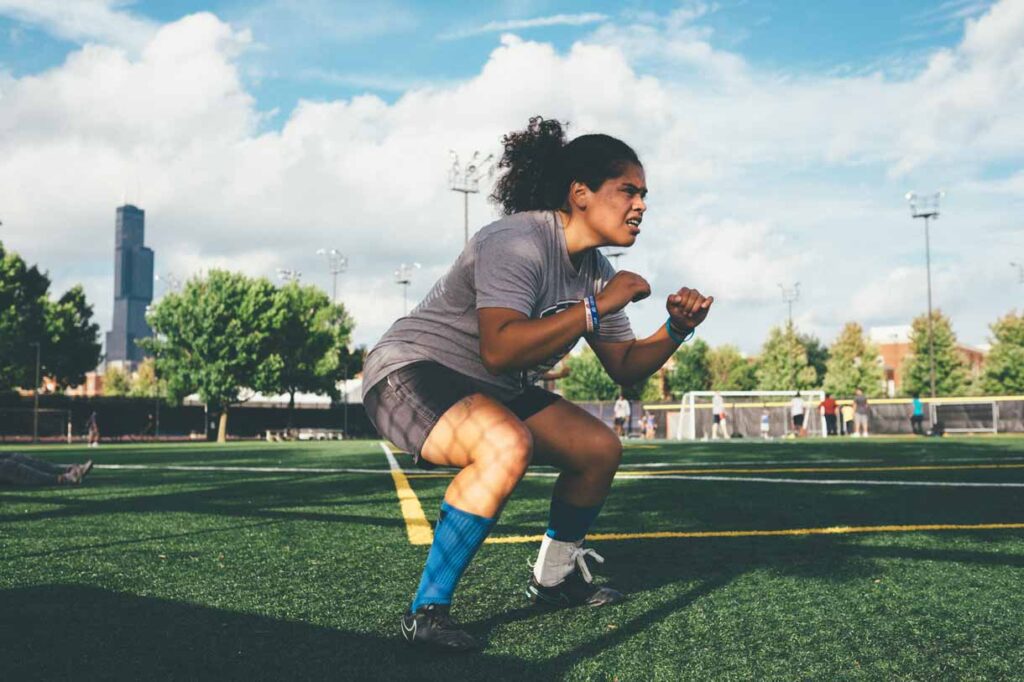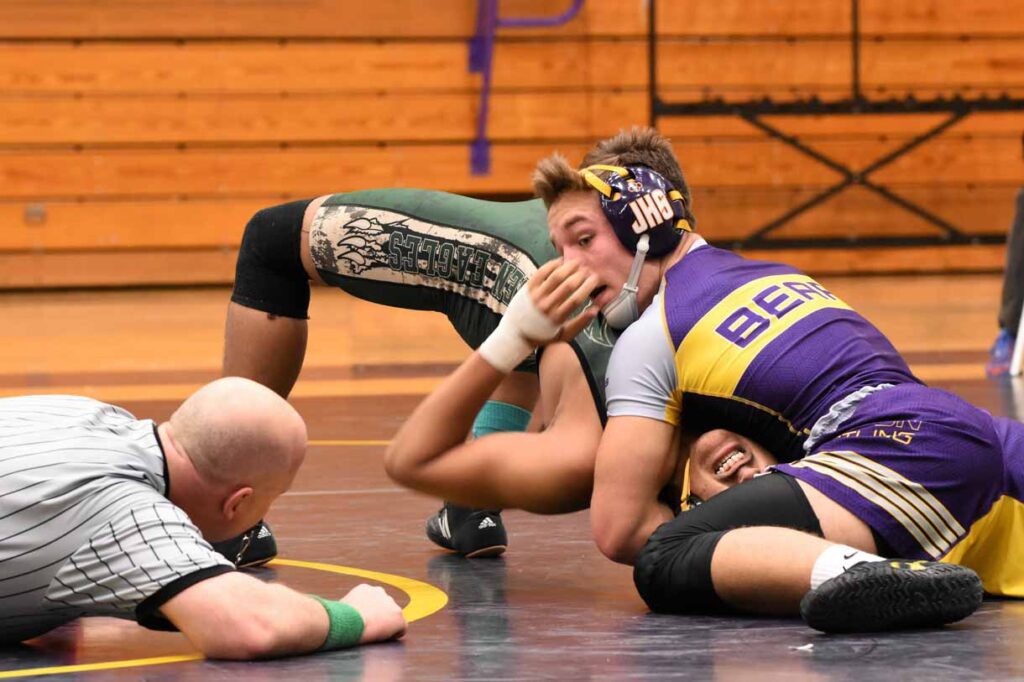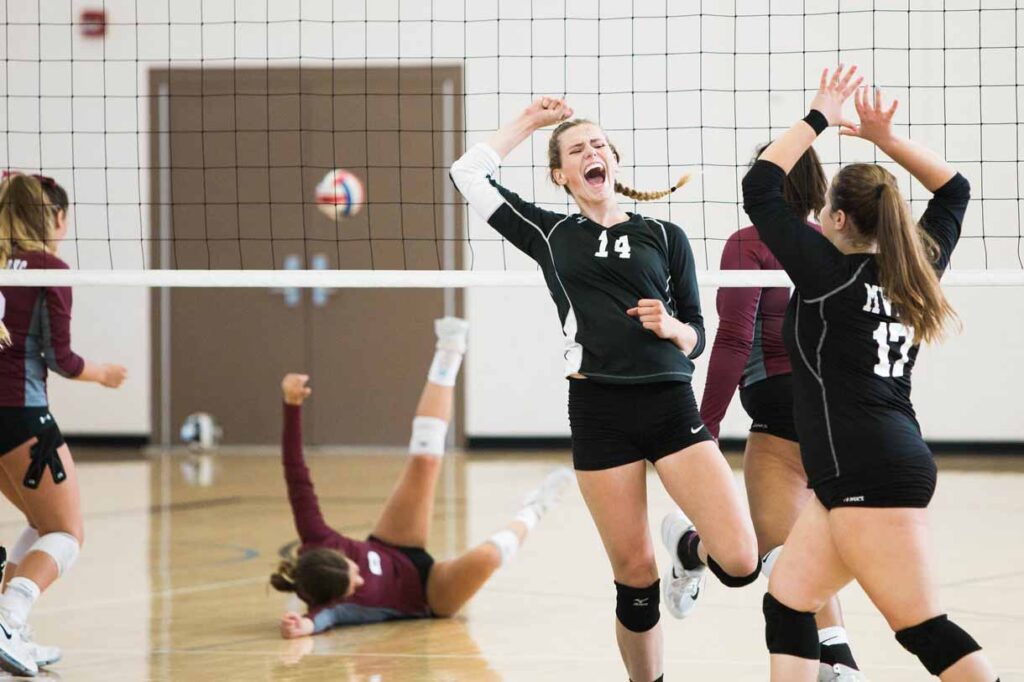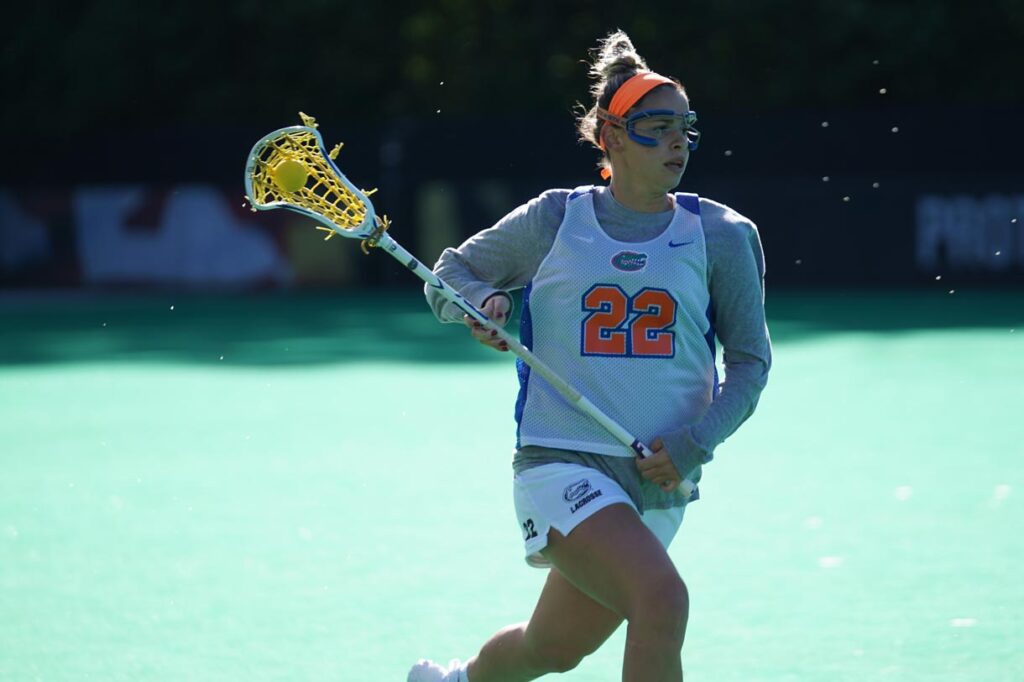There will unavoidably be advantages and disadvantages for anybody, male or female, who chooses to participate in an activity that is not normally associated with their gender.
Given the gender divisions within sports, it makes sense that those who participate in a sport seen as irrational by culture and society may face criticism and alienation.
Any change inevitably threatens norms, traditions, and expectations, which in turn poses a threat to the people who are a part of that traditional domain. This can be seen as part of the reason behind the resistance to social change.
Sports are affected both directly and indirectly by specific gender conceptions in society. Men are typically physically more powerful, aggressive, and athletic.
Males who participate in sports are therefore considered to have a fulfilled experience. Sports provide a platform for guys to demonstrate their manliness because they are males and because society has many expectations about what men should be physically capable of.
A woman’s level of connection with traditional feminine attributes may be seriously questioned if she participates in athletics, which stands in contrast to the traditional sex role for women.
Given this context, it may not come as a surprise that males who adapt to conventional sporting ideas are more likely to have sexist and homophobic attitudes.
Table of contents:
- What Does Sexuality in Sport Mean? A different perspective
- Sports and Homosexuality
- The double standards for women in sports
- Gender equality in Sports
- The impact on the future generation
- Promoting the normalisation of sexuality in sports


What Does Sexuality in Sport Mean? A different perspective
The fundamental forces that underlie everyone’s feelings, ideas, and behaviours are known as human sexuality. It discusses how we reproduce biologically, how we see ourselves psychologically and socially, and how we are drawn to others.
The athletic world seldom ever discusses such a crucial element. Due to the shame associated with it, sexuality in sports is completely forbidden.
Simply put, officials absolutely reject this element and refuse to accept it. It only comes up in whispers or the rumor mill, not during any orientation or training.
Instead, coaches forbid their young athletes from dating someone of the opposite or same gender because they believe that such behaviour is frivolous and damaging to their performance. In no way has anything been scientifically proven.
You are refusing to comprehend what an athlete is as a whole if you reject a fundamental biological growth of the athlete. Athletes (especially teenagers) who engage in secret dating are caught and benched for the next several tournaments as “punishment.”
Because administrators don’t want to recruit “difficult” females, female athletes are immediately given a lecture about morals in society and how their “image” in the sporting world would suffer, harming her choices.
Regarding their on-field performance, an unjustified comparison is drawn between personal choices and athletic ability.
Women have faced challenges as a result of this mentality, as their involvement in sports has grown over the last 20 years. Early writings about women and sports were obviously meant to dissuade women from taking part in athletics.
Women were advised against participating in sports since it may damage their reproductive systems, make them seem more masculine through facial hair, deeper voices, and overly developed muscles, and increase their likelihood of lesbianism.
One of many potent deterrents that kept women from participating in sports on a broad scale was the fear of seeming less feminine or being mistaken for a homosexual.
These techniques simply serve to further isolate the athlete, interfere with their ability to control their emotions, and breed self-doubt and poor self-confidence. There should be rules defined in terms of teenagers and their relationships and conversations.
However, they should only apply during matches, practice sessions, etc. The attention has to be on the field rather than elsewhere. Additionally, this instills in sportsmen an understanding of boundaries and a sense of ethics.


Sports and Homosexuality
There is only outright silence or denial when it comes to homosexuality. It is really viewed as a symbol of weakness and is frequently used as a slur, which makes it even more difficult to bring up in the context of sports.
Young athletes’ who may themselves be confused about their sexual orientation, therefore, have to hide their true selves and indulge in self-loathing, shame, and feeling not “normal”.
They are also targeted and automatically pursued as “weak” or “manly” depending on their orientation preference. Would this athlete be able to focus on their game if they were undergoing so much emotional turmoil?
The idea is to make the sport easier and create a positive climate for the athlete to thrive rather than perpetuate years of struggle and reinforce it. We need to normalise accepting individuals as they are rather than suppressing them.
The progress being made in the football-related LGBTQ communities is one thing that has struck me, and more athletes are starting to understand the need for change. In a 2007 research by Roper and Halloran, the opinions of heterosexual male and female college athletes about homosexual athletes were examined.
It was noted that men’s opinions appeared to be more pessimistic than women’s. I’d be curious to see research on how this will appear ten years from now and how much our community has progressed.
It just depends on who makes the bold move and is the second person to publicly confess they are attracted to the same sex while working in a professional capacity. No one should be assessed based on their sex or gender; instead, they should be evaluated on their accomplishments, talents, and efforts.


The double standards for women in sports
In recent years, progress has been made toward gender equality in sports. We are starting to acknowledge women as competitive, powerful athletes.
More than ever, women’s sports are featured on television, and their athletic prowess is being acknowledged.
Although this may be the case, why do women still feel that they must portray sexiness? Women shouldn’t have to worry about their appearances; they should just excel in their sport.
If you happened to browse through a sports magazine, you would see that many of the female players were dressed provocatively, if at all. In the media, female athletes are subjected to a double standard that requires them to excel in their sport and market their attractiveness.
It is uncommon to find a top-level female athlete who can secure the necessary sponsorship just by excelling in her sport.
For example, cosmetics workshops are offered for new WNBA players to help them secure the sponsorship they require to compete. We never anticipate a man spending hours before a game splattering himself in hair gel and concealing his flaws in an effort to secure appropriate sponsorship. We depend on their skill-set and athletic capabilities.


Gender equality in Sports
In a sports setting, gender equality means that resources, initiatives, and decision-making are equitable for both genders and that any disparities in the advantages have been identified. We frequently see concerns with gender equity in sports. Sports, among other industries, are severely affected by the gender wage gap.
When competing in the same sport as men, female athletes can earn significantly less money. Due to their demanding training schedules, many female athletes must also attempt to juggle having full- or part-time employment and taking care of their families.
For example, a growing number of people in North America are playing basketball. WNBA players, regardless of experience or skill level, are paid far less than NBA players. Even at their top salaries, WNBA players are still paid thousands of dollars less than NBA players at their lowest levels.
The US men’s soccer team, who finished in 16th place and garnered 9 million dollars, received 16 times as much money as the US women’s soccer team, which had just won the gold medal at the 2015 World Cup.
The prize money for female competitions is frequently smaller at big athletic events, such as tennis championships, with the difference in prize sometimes amounting to thousands of dollars.
Female athletes are campaigning for change because they should be paid equally for participating in the same sport in the same competition. Even while there have been slight improvements in the pay of female athletes, there is still a long journey to go until both sexes are paid equally.
The sports media’s treatment of women in sports is yet another domain where we observe gender inequality. The Olympics is one of the few international competitions where coverage of the women’s events is equal to that of the men’s.
Less than 1% of all coverage of women’s sports on major sports television stations includes female commentators; instead, we only see female reporters, who are generally rather attractive.
Since women’s competitions aren’t held during popular television hours, when you turn on the TV and switch to the sports channels, you’ll never accidentally see a women’s event.
They are frequently broadcast in the middle of the afternoon on work days when the majority of people are still at work or in the early hours of the morning on weekends when the majority of people are still sleeping.


The impact on the future generation
One major reason why we find teenage females quitting sports at young ages is due to the gender disparities in sports, which result in younger girls not having appropriate role models in sports.
Girls of all ages would participate more actively in competitive sports if women received equal remuneration and publicity in our athletic systems. This is because young girls would be able to identify successful female athletes as role models and would be more likely to participate in sports themselves.
Because female athletes today do not have a feasible professional path owing to the gender wage gap, young girls are not as strongly encouraged as compared to boys to engage in sports activities.
Due to their lack of exposure to female sports, many families have the misconception that young girls shouldn’t participate in them.
The probability of a young girl doing something she likes if she or her parents feel she cannot build a career out of it is quite minimal, and she will move her emphasis towards things that are more advantageous for her future.


Promoting the normalisation of sexuality in sports
Basic psycho education can significantly contribute to fostering the “acceptance” mentality. Sports psychologists should incorporate an introduction and module on “Inclusion” specifically for players, parents, and coaches within the Cognitive Skills Training program.
The coaches, parents, and authorities should attend separate training on how to assess the issue rather than simply responding to it. Frequently, it’s also because they don’t know how to deal with it.
They must be instructed and made aware of how important the idea is for an athlete’s development, in addition to how to include them in the squad.
This contributes to the development of team cohesiveness. It is challenging to make this fundamental adjustment in perspective since it requires undoing and redoing years of training and belief. But we may always begin with the notion that:
“Our athlete deserves nothing less from us than what we would desire for ourselves.”
Final thoughts
The complicated issue of gender discrimination in sports would necessitate radical changes to the theories of the ideologically driven sport that currently dominate the public debate.
First, business sponsors should assist LGBTQ and female sports teams more. Deals with advertisers will raise sportswomen’s standing in society. Ads’ exposure will create heroes and role models who encourage young people to participate in sports.
Finally, a key factor in elevating the position of women and LGBTQ groups in sports is the media. For women’s and LGBTQ sports concerns to be acknowledged, there has to be a significant rise in sports media coverage. Additionally, media helps people recognise women and LGBTQ athletes and makes them more popular.
